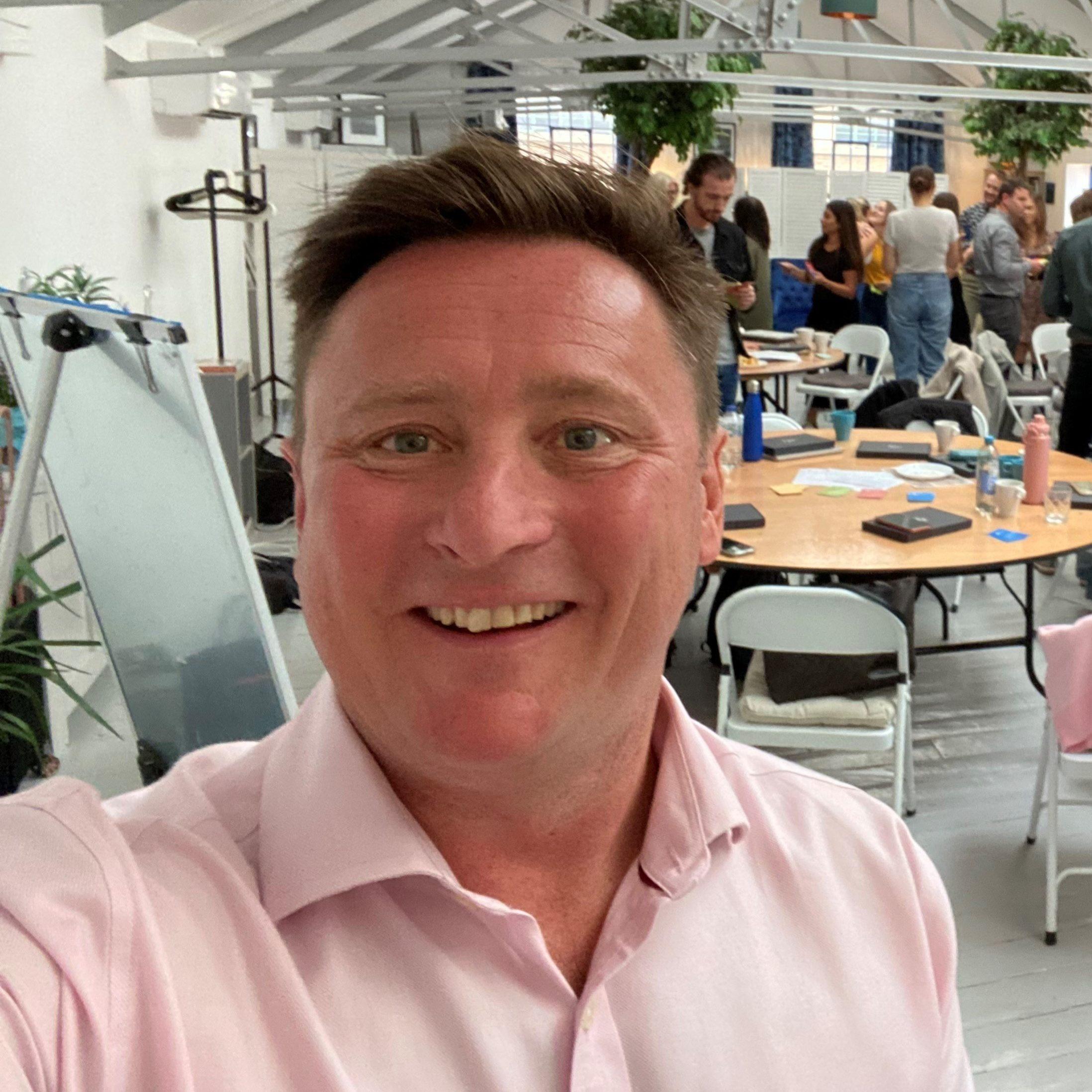To signify the psychologically creative dynamic, or tension, between opposites, Jung used the term ‘creative’ to describe this group.
It’s worth noting that the Jungian creative position bears no relation to artistic creativity, although the two could naturally go together for some.
Read Time: 5 minutes
01 March 2024
Personal Development
Insights Discovery
The Insights Discovery model of behaviour is a simple and accessible tool designed to help people, teams and leaders become more self-aware and appreciative of why others behave as they do.
Although relatable and easy to understand, the Discovery model’s roots run deep in the work of Swiss psychologist Carl Jung who sought to demystify the complexity of personality by identifying pairs of behavioural attitudes and functions, including;
Introversion & Extraversion
Thinking & Feeling
Sensing & Intuition
Jung observed that people tended to flex their behavioural style on a continuum between opposing functions, but that they would usually have a preference for one (eg sensing) over its opposite (intuition). However, a small number of people proved to be an exception to this rule, having easy access to opposite functions. For example, they found it easy to switch between introversion and extraversion or would give equal weight to thinking and feeling functions.
9%
Creative positions make up around 9% of the population within the global Insights database.
Recognising Creative Types.
People that show up in the creative position tend to have easy access to all four colour energies, but are readily identifiable in Discovery as those who have opposing colour energies as their first and second preference.
Creative positions have the following combinations as the top two preferred colour energies;
Green / Red
Red / Green
Blue / Yellow
Yellow / Blue
© Insights Learning and Development
The juxtaposition between opposites can offer the creative person an advantage but may also create confusion for colleagues who become unsure which version of the creative person to expect.
For example, an individual may be demonstrating a green energy preference by sharing a relaxed and harmonious discussion with colleagues, before abruptly engaging their red energy to ignite everyone into action to get the job done.
Or the individual could be demonstrating a yellow energy preference by enthusiastically sharing ideas with colleagues in one moment, then in the next their blue energy comes to the forefront as they withdraw into quiet, logical thought to analyse the implications of those ideas.
Insights identify three main situations that might bring about the creative position
1. It comes naturally
Jung suggested that it's simply natural for some people to have a preference which has opposites actively in play, and although this type is hard to define, it does exist.
2. The environment
The environment (perhaps the demands of the work environment) requires the person to engage the colour energy that is opposite to their dominant preference. An example of this might be someone who has a preference for green energy and holds a management position in a culture which demands that red energy be exercised, and this demand drives the individual into a creative green/red dynamic, (this may or may not cause this person stress).
3. Change
The individual may be going through a transition in life, and the normally inferior (least preferred) function arrives to be actively used as the auxiliary (second) energy. This may be challenging and confusing for the individual. It may signify a time of change in which the individual, after a period of creative dynamic, moves to a new position or role where the creative dynamic is no longer needed.
"If there is one word that makes creative people different from others, it is the word complexity. Instead of being an individual, they are a multitude, bringing together the entire range of human possibilities within themselves."
Mihaly Csikszentmihalyi
Development for Creative Types.
If the description of the creative type resonates with you, there are certain areas that you can focus on which will help you develop and give those around you a greater appreciation of this style of behaviour.
1. Self awareness
Continue to build self-awareness and emotional intelligence by learning how to identify which colour energy you are using at any given moment - and being able to adapt and connect with others from that place.
This will help you tune in to which behaviour you are drawing upon and give more clarity around what might be pulling you in which direction.
2. Communication
Talk to your team about your experience in the creative position to bring understanding and greater awareness. As you have access to all four colour energies in a way that others might not, you can show up in a more diverse way, behaviourally speaking. Colleagues might say ‘I’m not sure which version we will get through the door today. Or ‘in meetings, they move through the colours very fast, which sometimes leaves the rest of us behind’.
Just explaining your thought process and how you see projects and tasks can help others appreciate how you move through the colour energies.
3. Reflection
People in the creative position tend to be competent in all they turn their hand to. Whilst this ability brings benefits, it can leave them wondering what their ‘calling’ might really be.
If this describes your experience, try reflecting on what makes you happiest at work, then seek more of it. Although you will still be able to move easily through the behaviours, putting conscious effort into becoming more familiar with one behavioural style could lead to greater fulfilment.
Our areas of specialism.
Coaching.
-
Self-awareness
-
Resilience
-
Personal Development
-
Change
-
Decision making
-
Growth mindset
Team development.
-
Hybrid team working
-
Communication
-
Meetings
-
Feedback
-
Collaboration
-
Trust
Leadership development.
-
Leadership styles
-
Psychological safety
-
Leading change
-
Mission, vision, values
-
Culture
-
Mentoring
Get in touch.
Complete the form below and we'll be in touch within one business day or call us on 03456 185796
